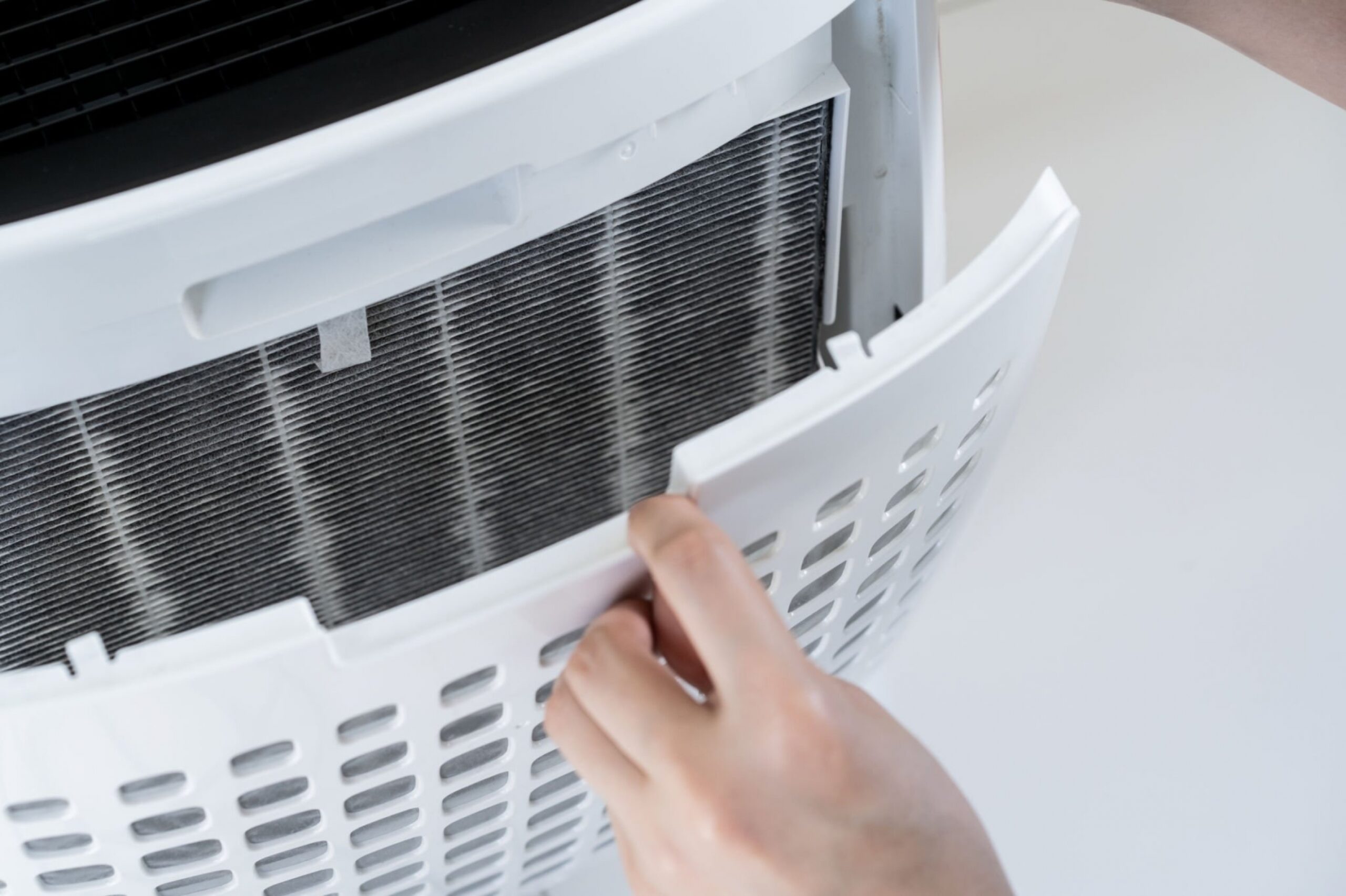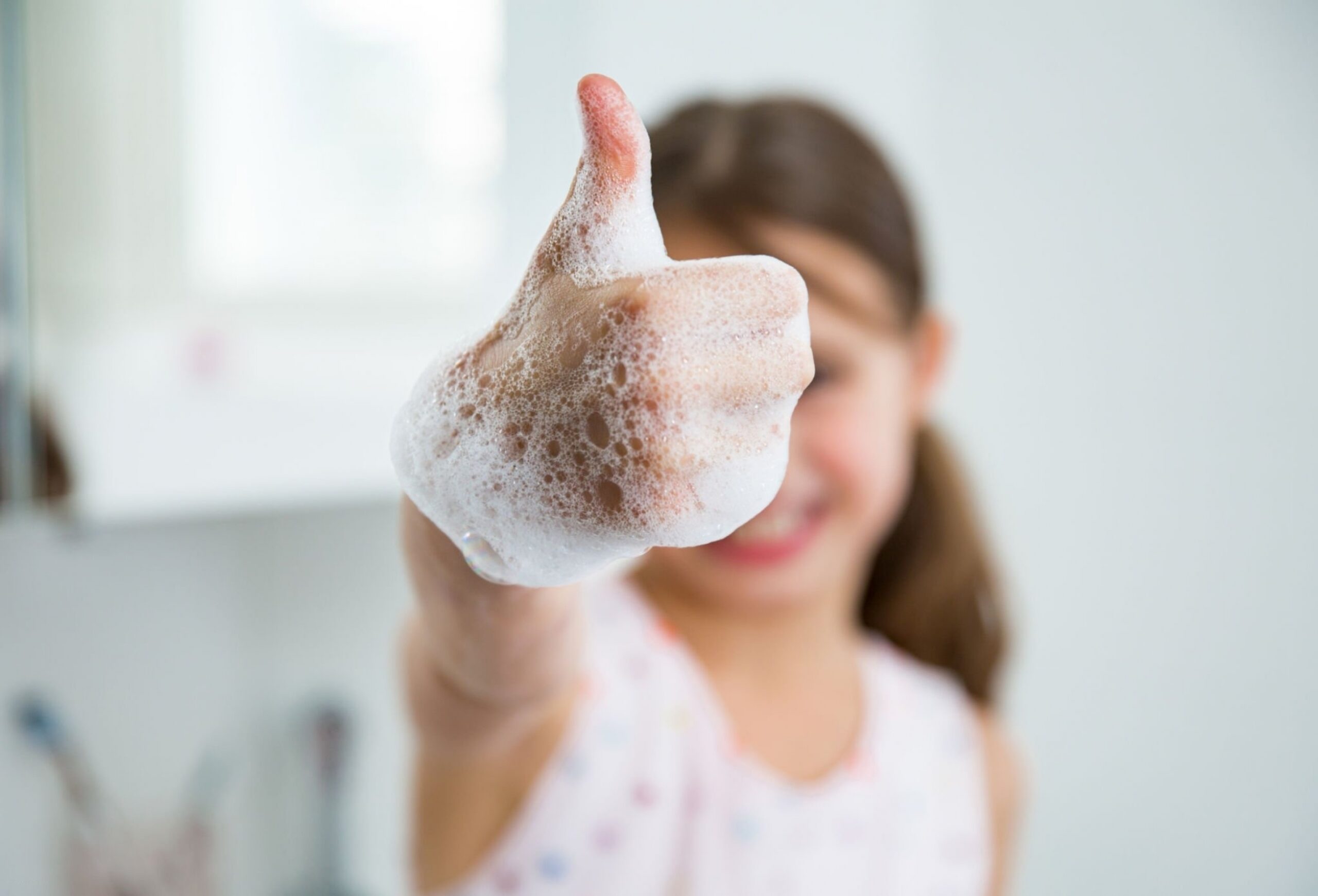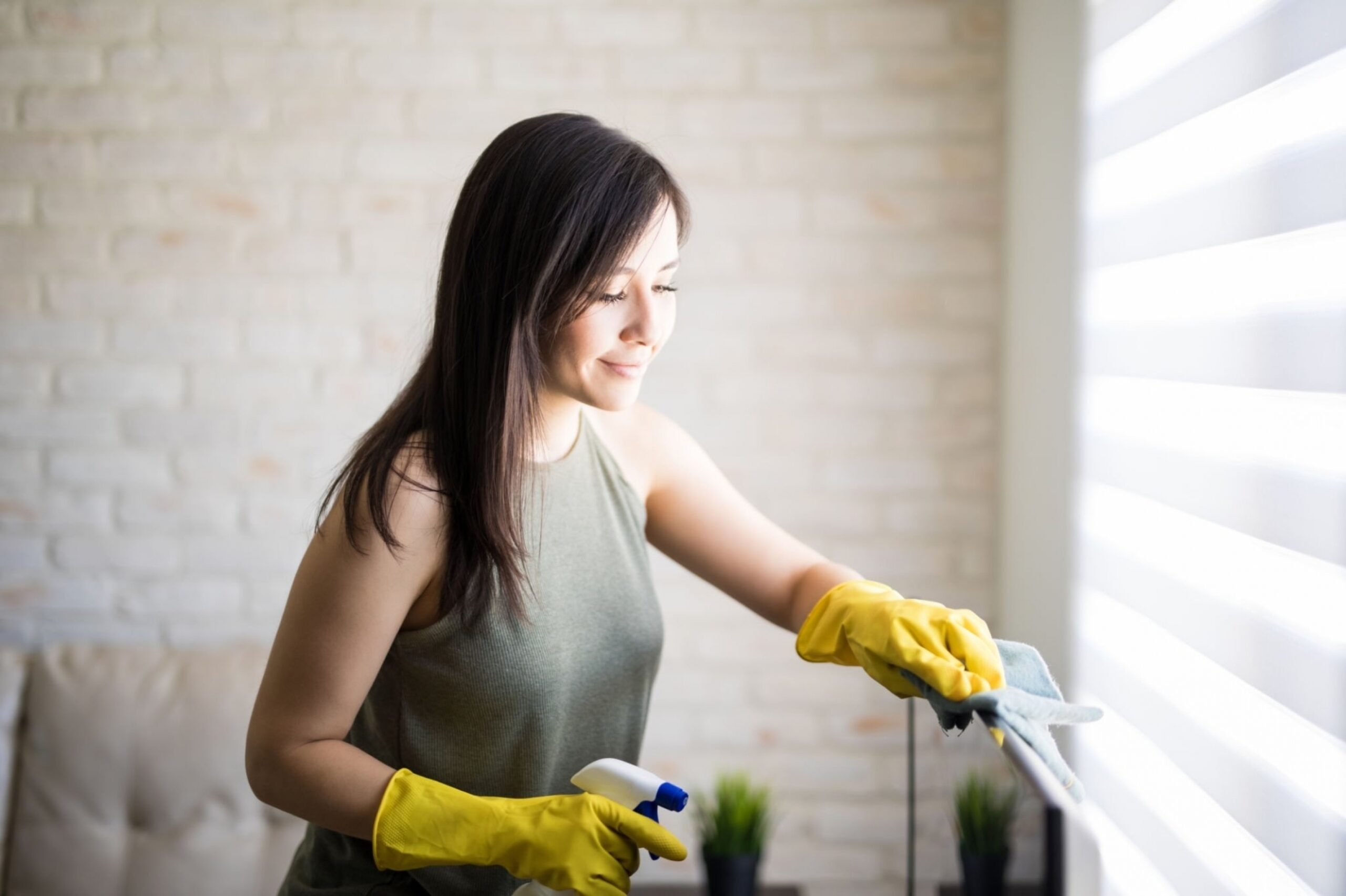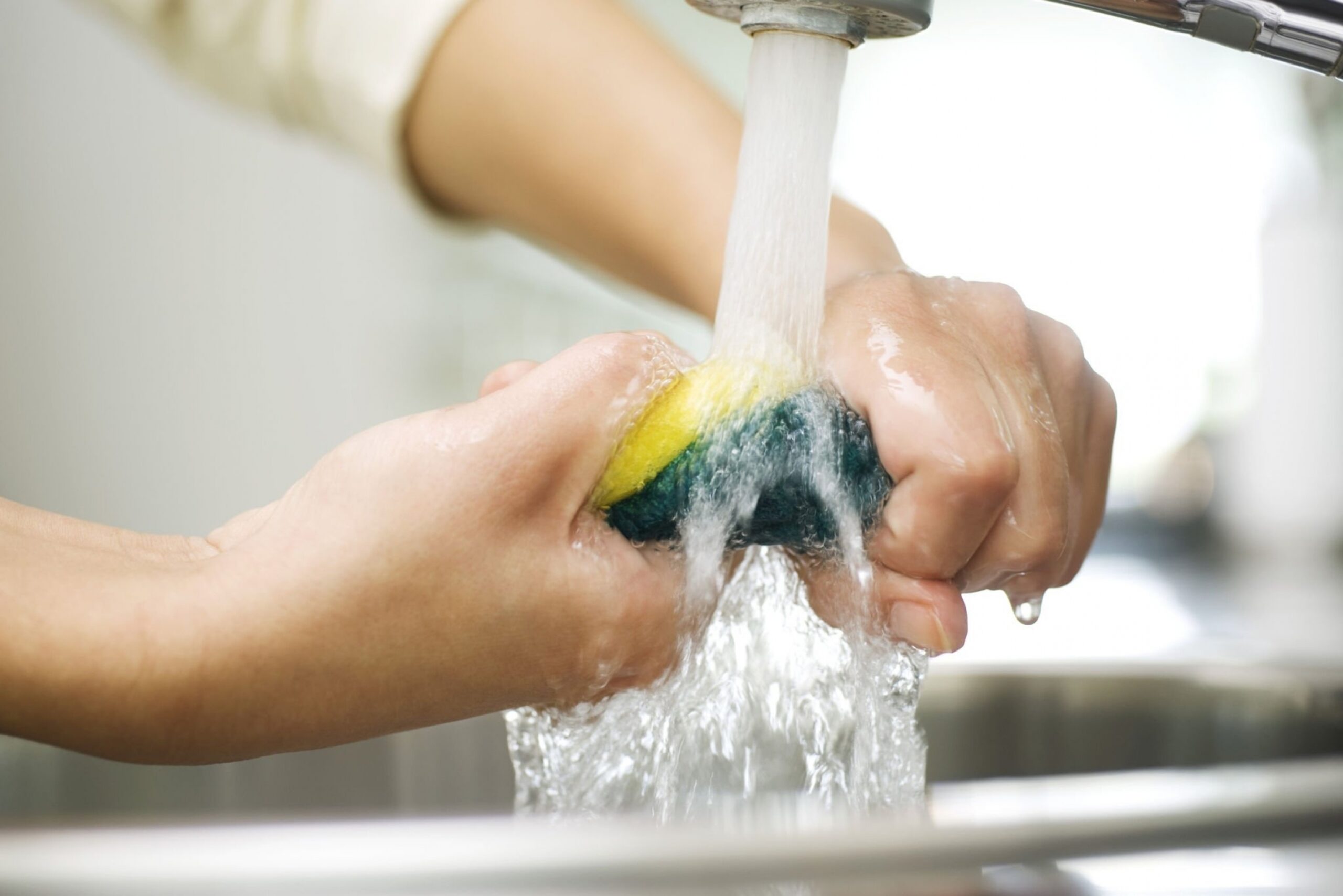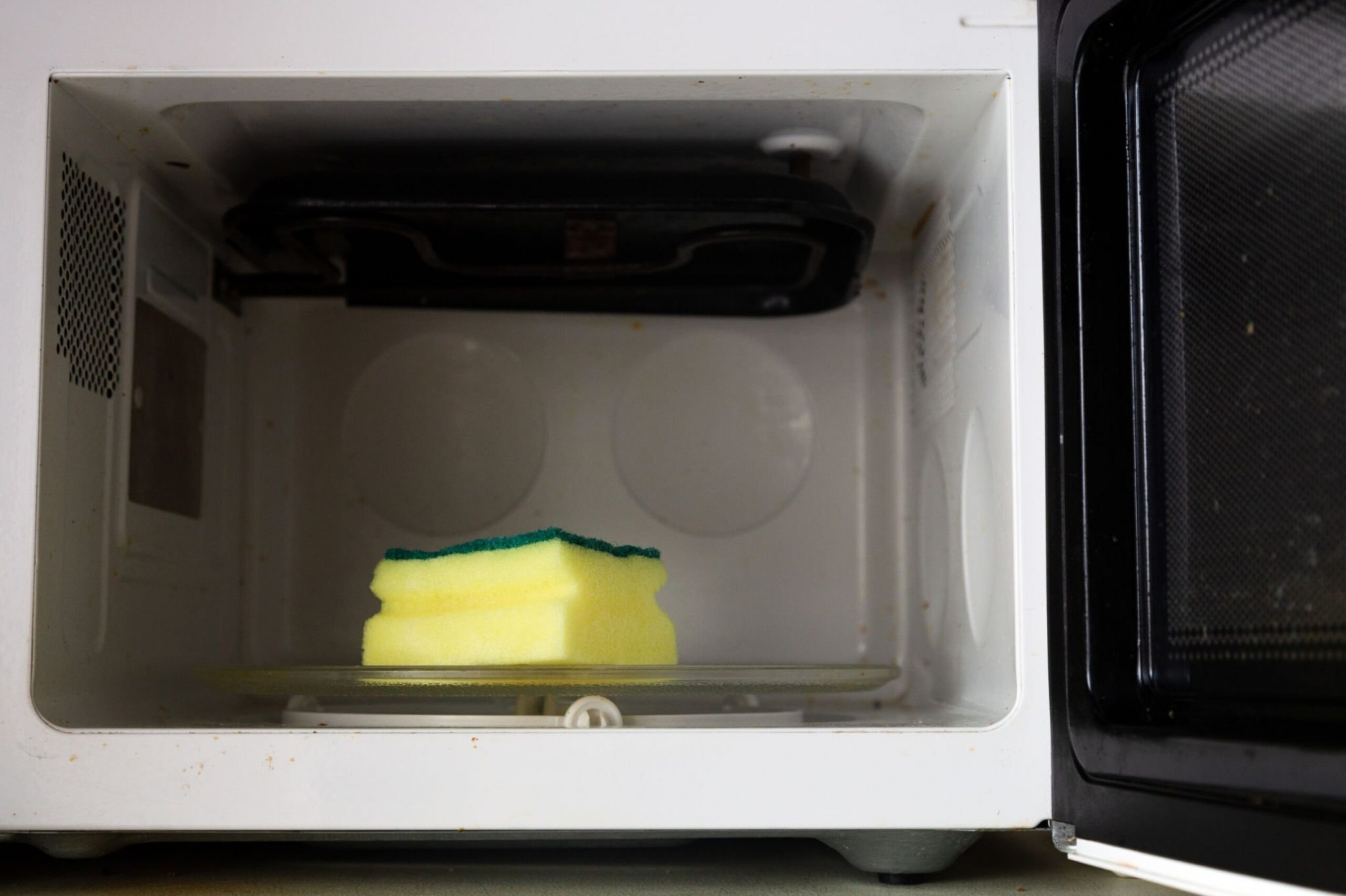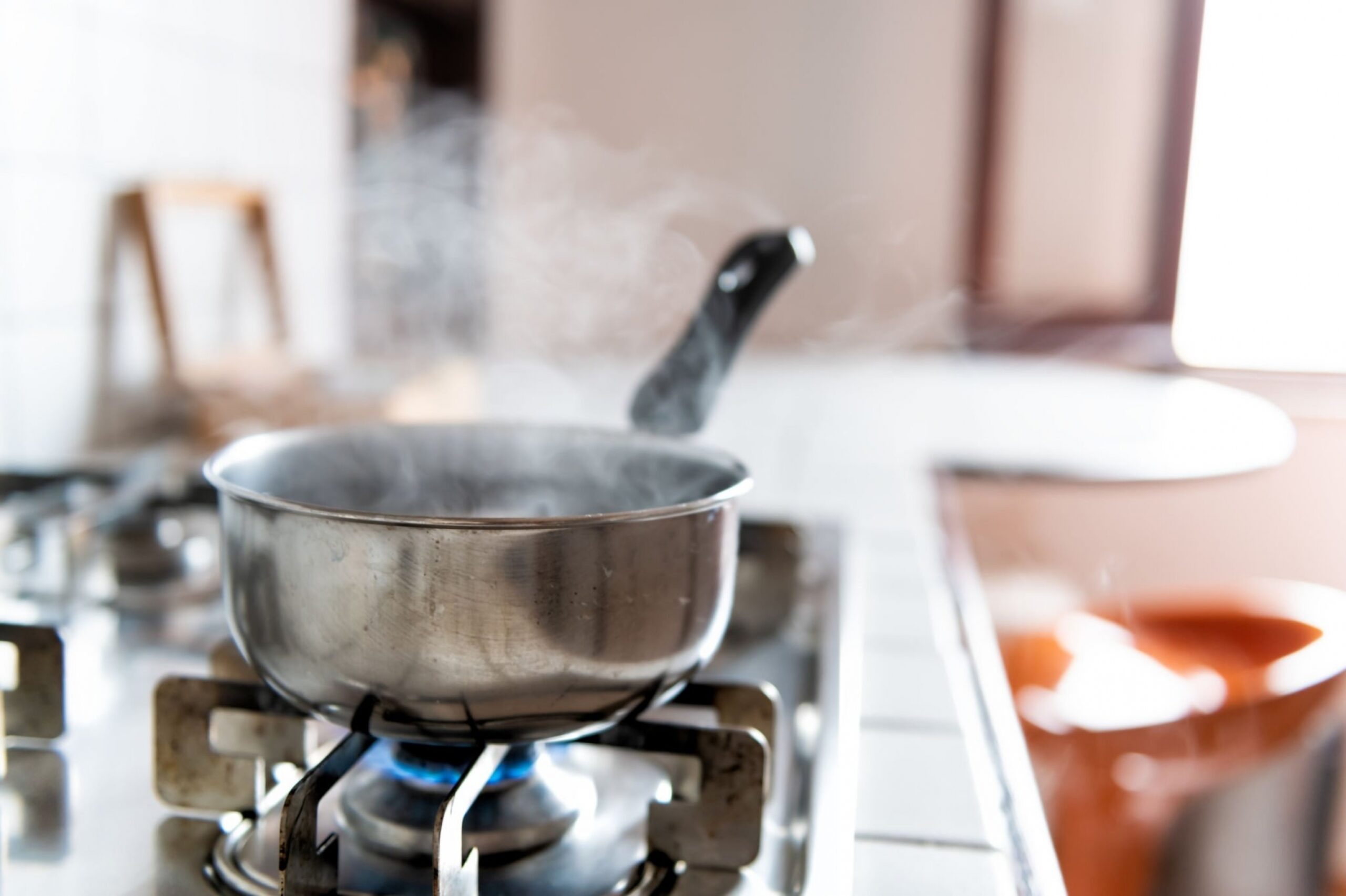Cleaning the bathroom is almost no one’s favorite task, and that is usually because no one enjoys cleaning toilets. We get it, toilets are gross and often hotbeds for bacteria, but that really means that they need to be cleaned more often than basically anything else in the home.
Sometimes, no matter how often or how vigorously you scrub, there can still be some residual stains in the toilet bowl. But don’t worry because, most of the time, those stains aren’t actually your fault.
So where do those stains come from, and how are you supposed to get rid of them without completely ruining both your toilet and pipes? Lucky for you, we have an explanation and several solutions.
Below, we’ll tell you about the different stains you may find in your toilets and also guide you through the safest and most natural ways to clean a variety of stubborn stains from your toilet bowl. With a little patience and some elbow grease, your toilets will be clean and stain free in no time.
What Creates Toilet Bowl Stains?

There are actually a number of sources for different types of toilet bowl stains. The best way to treat the stains in your toilet is to learn what causes toilet stains of all kinds. Not all stains are created equally, which means they can’t all be removed in the same ways.
Before diving into how to clean toilet bowl stains, let’s learn about at what causes them. Once you know what you’re dealing with, it’ll be easier to find the right stain remover and even prevent stains in the future.
Mineral & Hard Water
Mineral and hard water stains are easily the most common stain you will find inside your toilet bowl. These are so common because of the high amounts of particular minerals like calcium, limescale, and magnesium found in your home’s water.
Over time, these minerals can leave yellowish and brownish deposits and rings in your toilet. You can actually prevent future stains and potentially reduce damage to your water pipes by installing a filter to eliminate pollutants.
Rust
If you notice darker brown or red toilet bowl stains, the source could be corroded pipes which can contaminate the water and add high levels of iron to your home’s water. Unlike lighter mineral stains, you might notice rust stains earlier on because the deeper red color stands out against white porcelain toilets.
Rust is also corrosive and hard to remove red buildup and a chemical reaction, iron oxide, can wreak havoc on your toilet bowl. But even if you’ve been putting it off for a while, removing rust stains isn’t impossible.
Copper
These stains can appear similar to rust stains in color, if not slightly lighter. Copper can make water highly acidic and your toilet is unfortunately where it accumulates. Getting rid of copper stains can be fairly easy, but without fixing the source of the problem, they’re just going to return.
If you have copper water pipes and notice copper stains, the problem might be pipe corrosion and you may need to fully replace the pipes at some point. However, if the problem is acidic and coppery water, you can install a filter that cleans the water coming into your home
Mold
Stains on tubs, sinks, and toilets from mold look gross and can have truly nasty effects on your overall health. Mold stains are super easy to spot because of the dark green and black spots. Even if you don’t see mold, you’ll likely notice the musky, unpleasant odor coming from your toilet.
If you find any of those nasty mold stains in your toilet bowl, it’s super important to treat and remove the mold as soon as possible. As soon as you’ve cleaned up the stains, you can keep mold and mildew at bay by making sure your bathroom is well-ventilated, especially after bathing or showering.
How to Clean Toilet Bowl Stains the Right Way
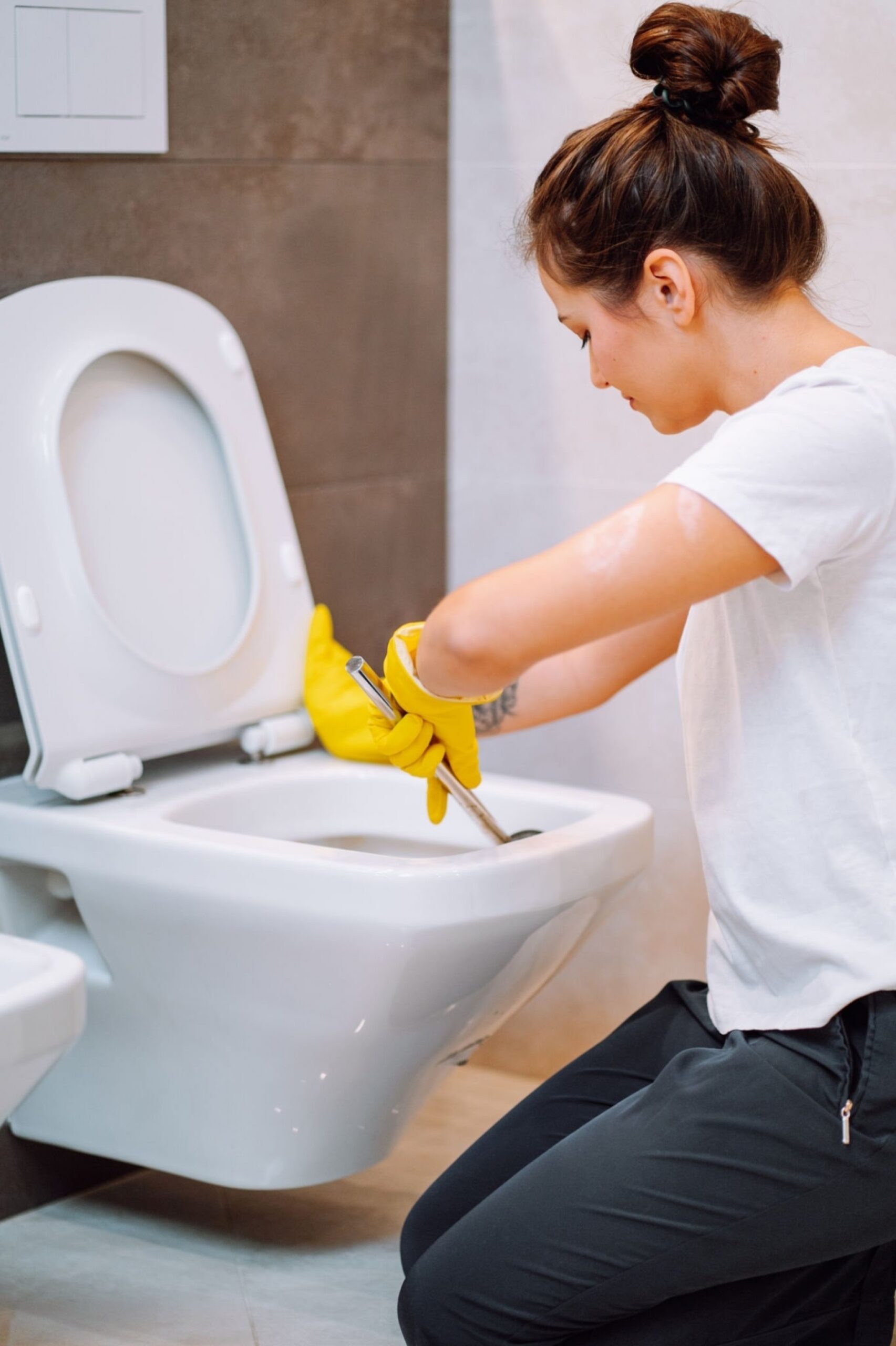
Even though the stains in your toilet might seem like they’ll require some of those industrial-strength cleaners, you can and should clean them as safely as possible. Cleaning toilets safely and naturally is always the best course of action for the sake of your home’s pipes as well as for the sake of your family.
But before you set out on your cleaning mission, you should always make sure you and your bathroom are prepared for action. Here are a few things to remember before getting started:
- Turn off the water flow to your toilet and flush it before applying any cleaning products, this will ensure that your toilet bowl is fully exposed to be cleaned.
- Make sure you have and wear protection like eyewear, gloves, and a mask before you clean your toilet, especially before dealing with any mold.
- Open a window and or turn on your bathroom’s fan or vent to ensure that the space is well-ventilated and you have direct access to fresh air.
- Give your toilet a good scrub with your toilet brush to help loosen up some of the more stubborn stains and grime before settling in to clean them directly.
To find out what kind of natural and safe stain removal methods work best for the stains in your toilet, keep reading and review the cleaning guide below.
Lemon Juice
Best for: Hard water, mineral, and mold stains
Not only does lemon juice smell great, but it can also whiten and brighten while breaking down stains. The acidity found in lemon juice works well to dissolve mineral deposits and the antifungal properties can kill mold, making lemon juice ideal for treating stains in your toilet. Here is how to use lemon juice properly:
- Pour about 1 cup of lemon juice and ½ a cup of water into a spray bottle and mix them together.
- Spray the lemon juice and water around the entire surface of the toilet bowl including the lip of the seat.
- Allow the spray to sit in the toilet bowl for about half an hour and spray a little more if needed before continuing.
- Use your toilet brush to scrub the whole toilet bowl vigorously to remove any stubborn stains.
- Once the surface of the bowl is clean and clear of stains, turn the water back on and flush the toilet to clear the lemon juice.
With a bit of elbow grease and patience, your toilet should be clean and free of stains while also smelling delightfully lemony fresh. However, if your toilet still has stains after using lemon juice, don’t be discouraged. There are still several methods to use to treat and remove any stains
Coca-Cola
Best for: Hard water and mineral stains
Turns out Coke isn’t just our favorite soda (sorry Pepsi fans!) but is also a pretty effective cleaner. In theory, it actually works similarly to vinegar when cleaning. This is likely because of its pH level, which is reported to be 2.6 to 2.7, due to H3PO4 or phosphoric acid within it. Here is how to use Coca-Cola to clean your toilet:
- Carefully pour a full 16oz bottle of Coke around the surface of your toilet bowl.
- Leave the soda to sit on the surface for several hours, for best results we suggest leaving it overnight.
- Once the soda has been allowed to sit for some time, use your toilet brush to thoroughly scrub the toilet bowl clear of stains.
- Once scrubbed clean, turn the water back on and flush your toilet to clear the Coke from the bowl.
Remember, if this doesn’t do the trick, there are still more methods to put to use so keep reading to find your next move.
White Vinegar & Baking Soda
Best for: Hard water, mineral, rust, copper, and mold stains
If you’ve read any assortment of cleaning blogs, you know this partnership of products is recommended for everything from stain removal to disinfecting. Distilled white vinegar is a natural cleaner, disinfectant, and fungicide, and baking soda is a natural deodorizer, whitener, and mild abrasive. Here is the best way to use these two products to clean stains in your toilet:
- Sprinkle a generous amount of baking soda around the surface of the toilet bowl and use your toilet brush to scrub the surface and make a paste from the baking soda and the very small amount of water still in the bowl.
- Let this paste sit in the bowl for about 10 to 20 minutes before continuing to the next step.
- Once the paste has been allowed to sit for some time, carefully pour about 2 cups of vinegar around the bowl and then close the toilet lid.
- Allow the vinegar and baking soda paste to react and sit in the toilet for about half an hour before reopening and scrubbing the bowl vigorously.
- As before, once the toilet has been scrubbed well you can turn the water back on and flush the toilet to clear the remaining vinegar and baking soda.
This method is almost always effective on the first round, but don’t be afraid to repeat the process in order to treat more stubborn stains and residue. Vinegar on its own is a strong and effective cleaner, so you can also use it alone to clean and disinfect.
Hydrogen Peroxide
Best for: Hard water, mineral, and mold stains
You might not think to check your medicine cabinet for a handy household staple, but hydrogen peroxide is about as safe and natural as possible when it comes to house cleaning. It’s perfect for treating mold, hard water, and other stains within your toilet. The punch of hydrogen peroxide packs can clean stains and kill germs, leaving your toilet clean and healthy. Here’s how to safely use hydrogen peroxide to clean stains from your toilet:
- Pour about ½ to 1 cup of hydrogen peroxide around your toilet bowl and allow it to sit for half an hour.
- Once it has had time to work, use your toilet brush to scrub the toilet bowl vigorously.
- If there are stubborn stains that haven’t been removed by the hydrogen peroxide alone, sprinkle a small amount of baking soda directly onto the stain and scrub the bowl until it is clear.
- After scrubbing, turn the water flow back on and flush the toilet to clear away the hydrogen peroxide.
Pumice Stone
Best for: Rust and copper stains
Pumice stones, often sold as scouring sticks, are usually either a tried and true solution or a last-ditch effort for stain removal. These work best against the toughest and most stubborn stains, but can permanently scratch your toilet’s porcelain finish. Be sure to keep both the scouring stick and the toilet bowl wet to help avoid scratches.
Did any of these methods help you to flush away the stubborn stains in your toilet? Have you tried any other methods that you’ve found to be effective and handy in your home? Tell us about your experiences, tips, and tricks in the comments below! We love hearing from you (Just be sure to keep the toilet humor to a minimum)!
If you’re looking for more cleaning hacks and how-to guides, check out our blog to read up on how to clean basically everything in and around your home. Looking for less DIY and more SOS? Take a step back and let Cleanzen clean up around your home! Our friendly and affordable cleaners are here to help, so contact us today to find out how we can help you keep your home happy and healthy all year long.
The post How to Clean Toilet Bowl Stains (Like A Pro!) appeared first on Cleanzen.
from Cleanzen https://cleanzen.com/blog/how-to-clean-toilet-bowl-stains/
via IFTTT
from Cleanzen Cleaning Services https://cleanzencleaningservices0.blogspot.com/2023/04/how-to-clean-toilet-bowl-stains-like-pro.html
via IFTTT
from Gabriela Bragg https://gabrielabragg.blogspot.com/2023/04/how-to-clean-toilet-bowl-stains-like-pro.html
via IFTTT
from Gabriela Bragg https://gabrielabragg.wordpress.com/2023/04/27/how-to-clean-toilet-bowl-stains-like-a-pro/
via IFTTT
from Emilio Butler https://emiliobutler.blogspot.com/2023/04/how-to-clean-toilet-bowl-stains-like-pro.html
via IFTTT
from
https://emiliobutler.wordpress.com/2023/04/27/how-to-clean-toilet-bowl-stains-like-a-pro/
from Cindy Roberts https://cindyroberts0.blogspot.com/2023/04/how-to-clean-toilet-bowl-stains-like-pro.html
via IFTTT
from
https://cindyroberts00.wordpress.com/2023/04/27/how-to-clean-toilet-bowl-stains-like-a-pro/
